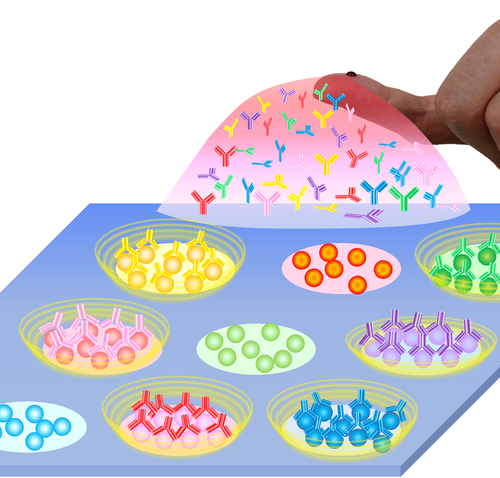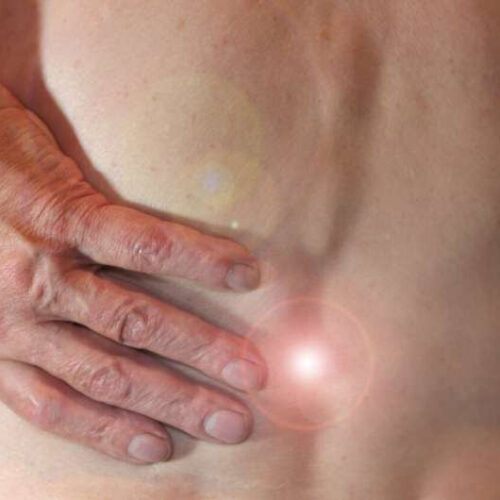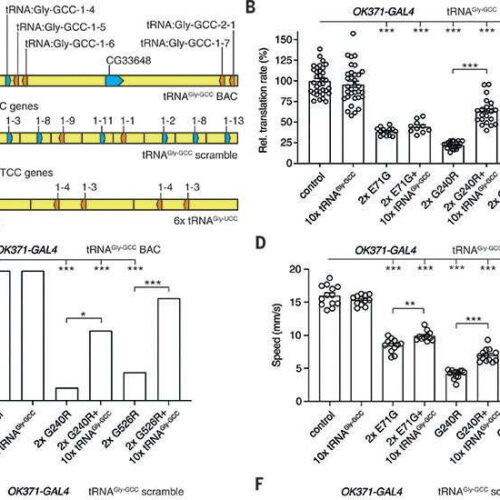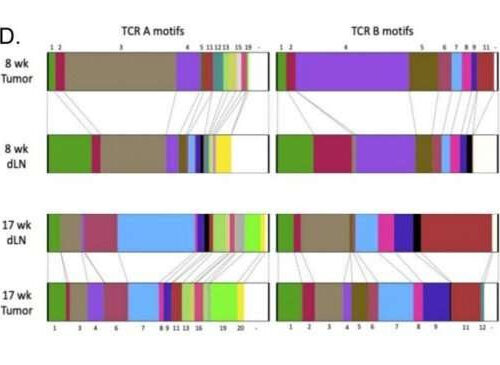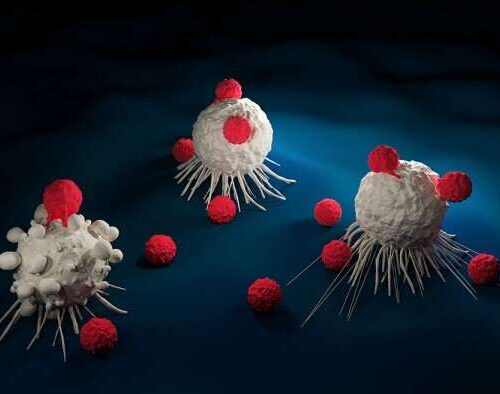Humans and animals have a great ability to solve novel problems by generalizing from existing knowledge and inferring new solutions from limited data. This is much harder to achieve with artificial intelligence. Animals (including humans) navigate by creating a representative map of the outside world in their head as they move around. Once we know...
Rapid and sensitive on-site measurement of antibodies against the COVID-19 virus
IMAGE: THE RESEARCHERS DEVELOPED A CHIP UPON WHICH KEY SARS-COV-2 ARE FIXED. A SMALL DROP OF BLOOD FROM THE FINGERTIP IS NECESSARY, AND THE SENSITIVITY OF THE SYSTEM IS 500 TIMES HIGHER THAN THAT OF CONVENTIONAL METHOD. CREDIT: RIKEN A research team at the RIKEN Center for Emergent Matter Science (CEMS) in Japan has developed a diagnostic system...
Gut and heart signals affect how we see ourselves
by Anglia Ruskin University Credit: Pixabay/CC0 Public Domain New research has discovered that the strength of the connection between our brain and internal organs is linked to how we feel about our appearance. Published in the journal Cortex, the study is the first to investigate, and first to identify, the association between body image and the brain’s processing of...
Drug cocktail reduces aging-associated disc degeneration
by Thomas Jefferson University Credit: CC0 Public Domain Chronic back pain affects upwards of 15 million adults in the US, racking up billions in healthcare costs and lost work days. Degeneration of the discs that cushion and support vertebrae, a common occurrence of aging, is a major contributor to low back pain. Although a widespread condition,...
Transfer RNA may be a new drug for peripheral neuropathy
by Radboud University Credit: DOI: 10.1126/science.abb3356 A team of scientists led by Erik Storkebaum of Radboud University’s Donders Institute have deciphered the molecular mechanism underlying a form of Charcot-Marie-Tooth (CMT) peripheral neuropathy. This disease affects both motor and sensory nerves. This scientific breakthrough suggests a new form of treatment for this incurable disease. Their findings will...
Sex drug can strongly suppress abnormal heart rhythms, finds study
by University of Manchester Credit: Pixabay/CC0 Public Domain The drug Viagra, used to treat sexual impotence, can strongly suppress abnormal heart rhythms known as arrythmias in sheep according to University of Manchester scientists. The British Heart Foundation funded study, published today in Circulation Research could have important implications on the management of the condition on humans. In female sheep,...
Study shows stem-like T cells could aid immunotherapy in cancer treatment
by Yale Cancer Center Study shows stem-like T cells could aid immunotherapy in cancer treatment. Credit: Yale Cancer Center In a new study by Yale Cancer Center, researchers show stem-like T cells within certain lymph nodes could be natural cancer fighters. Targeting these T cells—which are a type of white blood cells—with immunotherapy drugs could increase the...
Engineering CAR T cells to deliver endogenous RNA wakes solid tumors to respond to therapy
by Perelman School of Medicine at the University of Pennsylvania Image of a CAR T cell. Credit: Penn Medicine Chimeric antigen receptor (CAR) T cell therapy, which uses engineered T cells to treat certain types of cancers, has often been a challenging approach to treating solid tumors. CAR T cells need to recognize a specific target...
Rogue antibodies involved in almost one-fifth of COVID deaths
Diana Kwon Physicians treat a person with COVID-19 at a hospital in Japan. Credit: Yasuyoshi Chiba/AFP via Getty Antibodies that turn against elements of our own immune defences are a key driver of severe illness and death following SARS-CoV-2 infection in some people, according to a large international study. These rogue antibodies, known as autoantibodies,...
GLIOBLASTOMA DRUG FOR DOGS MAY WORK FOR PEOPLE
The study in Clinical Cancer Research describes the results of a Phase I clinical trial in which investigators tested a STING (STimulator of INterferon Genes) drug injected directly into the glioblastoma of five dogs that had previously been diagnosed with the cancer. Glioblastoma is the second-most common type of brain cancer in dogs. STING agonists can induce immunological...

